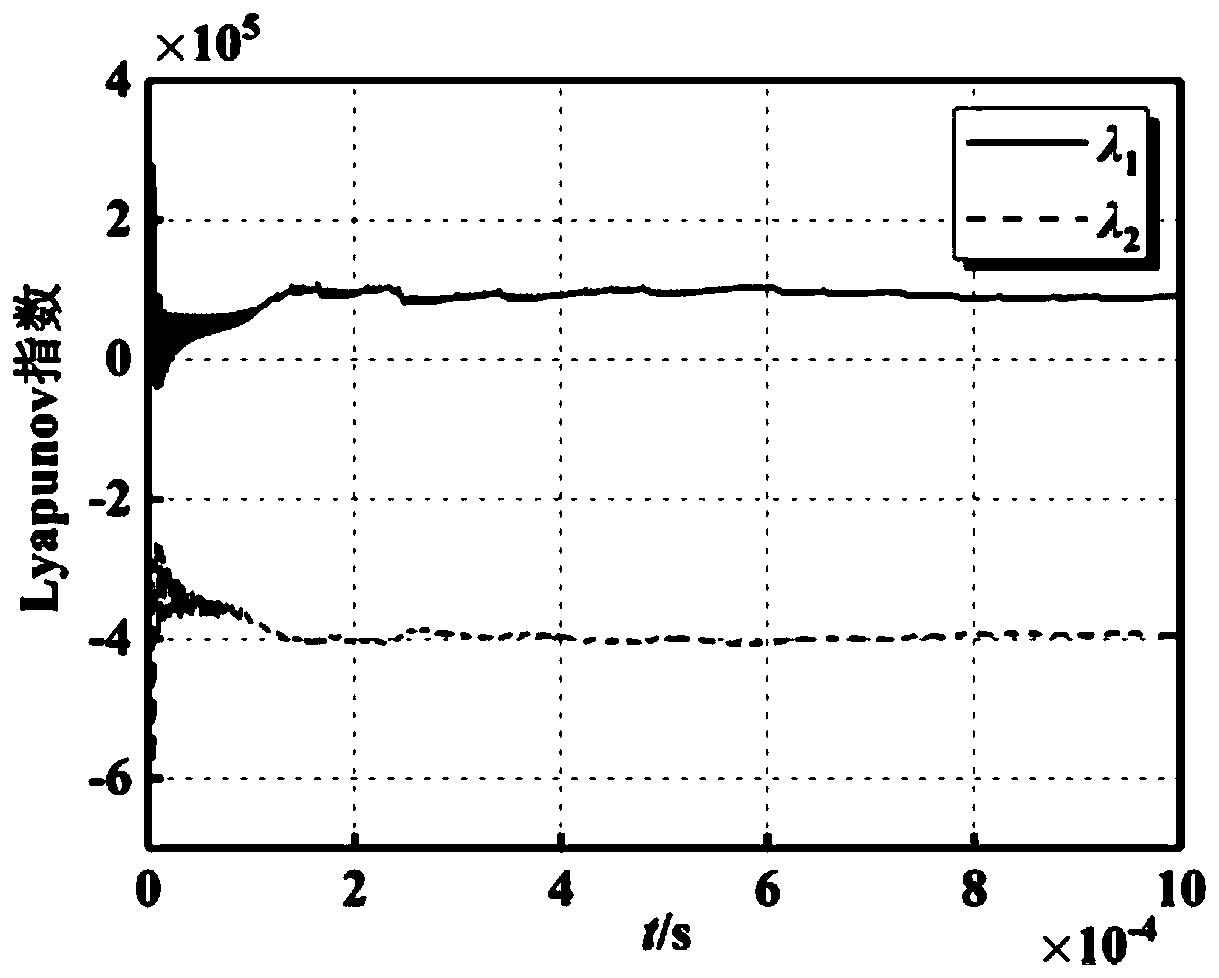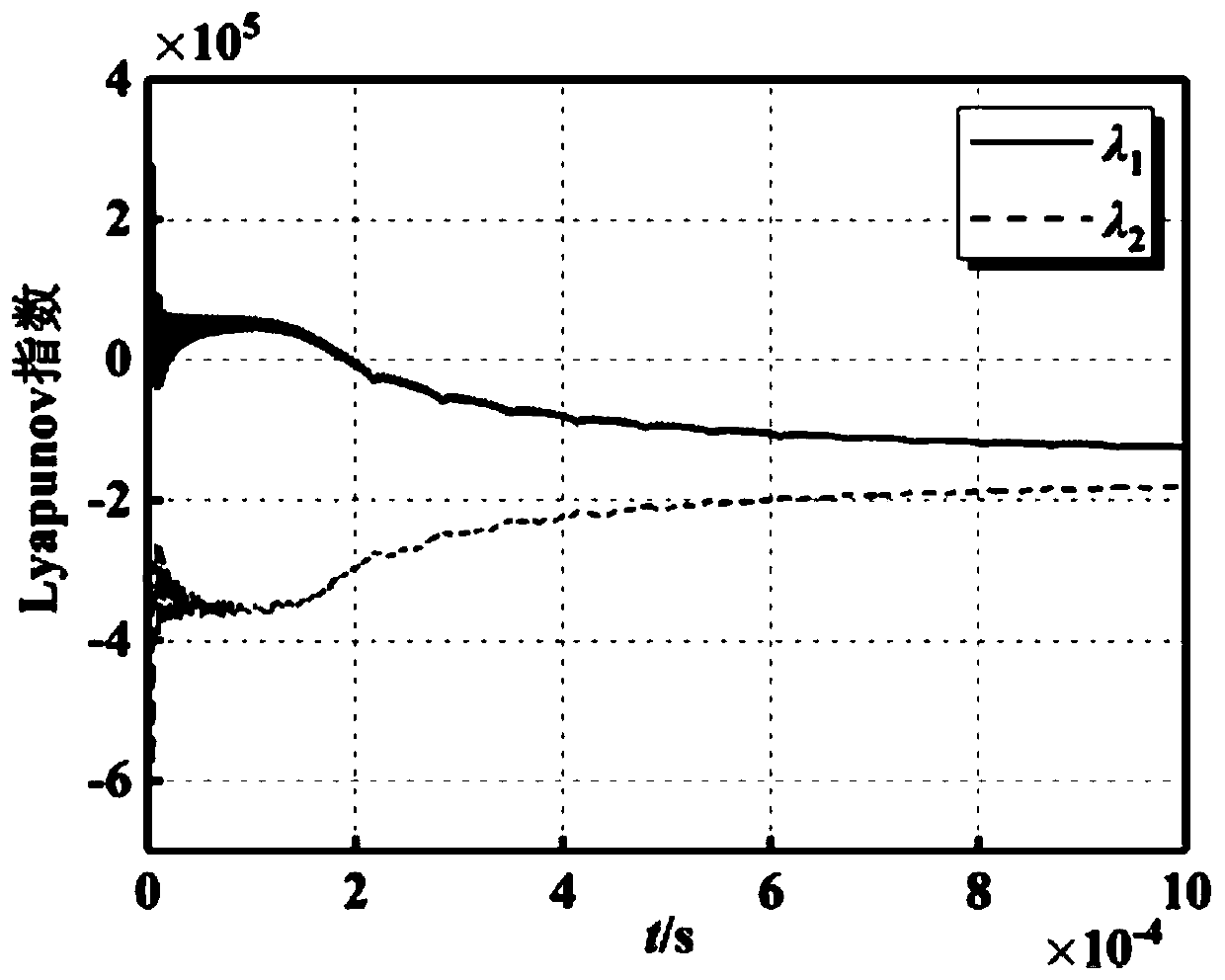Method for improving anti-noise capability of Duffing chaotic oscillator for detecting weak resonance signal
A technology of resonant signal and chaotic oscillator, applied in the field of signal processing, can solve the problems of unable to extract resonant signal, unable to detect the sign change of the maximum Lyapunov exponent, etc., so as to improve the ability to detect weak signals and reduce the minimum signal-to-noise ratio threshold. , the effect of improving the anti-noise performance
- Summary
- Abstract
- Description
- Claims
- Application Information
AI Technical Summary
Problems solved by technology
Method used
Image
Examples
Embodiment Construction
[0029] In order to make the technical means, creative features, work flow, and use methods of the present invention achieve the purpose and effect easily understood, the present invention will be further described below in conjunction with specific examples.
[0030] like figure 1 As shown, a method for improving the anti-noise ability of the Duffing chaotic oscillator to detect weak resonance signals includes the following detailed steps:
[0031] Step (1), establish the improved Holmes-Duffing equation:
[0032] The general expression of the Holmes-Duffing equation is:
[0033]
[0034] In the formula: k is the damping ratio; -αx 3 +βx 5 is the nonlinear restoring force item, α and β are the coefficients of the nonlinear restoring force item; rsin(ωt) is the built-in driving force, r and ω are the amplitude and angular frequency of the built-in driving force, ω=2πf, f is the built-in driving force The frequency of the power; asin(ω 0 t+θ 0 ) is the resonance signal ...
PUM
 Login to View More
Login to View More Abstract
Description
Claims
Application Information
 Login to View More
Login to View More - R&D
- Intellectual Property
- Life Sciences
- Materials
- Tech Scout
- Unparalleled Data Quality
- Higher Quality Content
- 60% Fewer Hallucinations
Browse by: Latest US Patents, China's latest patents, Technical Efficacy Thesaurus, Application Domain, Technology Topic, Popular Technical Reports.
© 2025 PatSnap. All rights reserved.Legal|Privacy policy|Modern Slavery Act Transparency Statement|Sitemap|About US| Contact US: help@patsnap.com



